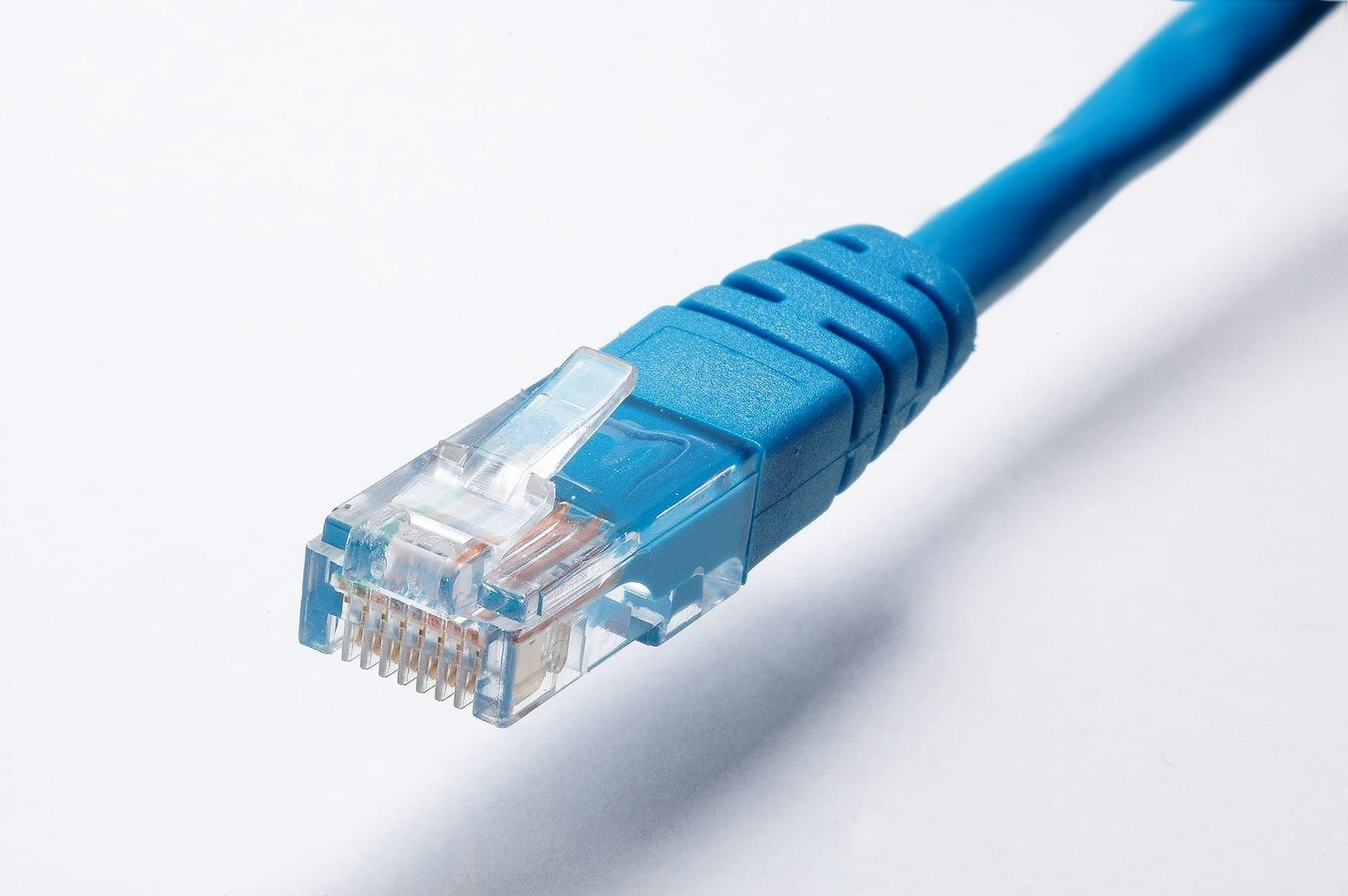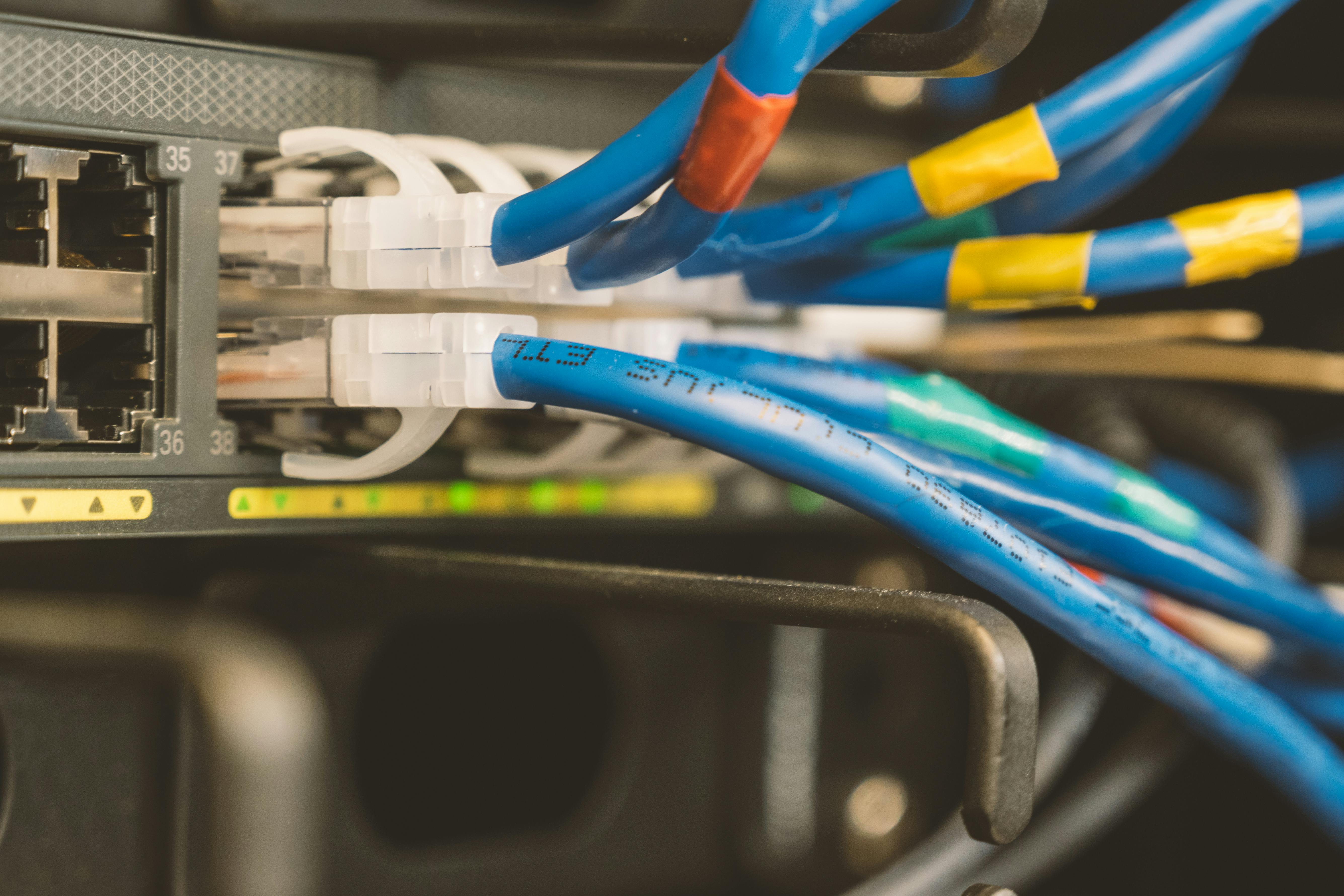- Published 19 Feb 2025
- Last Modified 19 Feb 2025
- 6 min
Cat5 Vs Cat6 Ethernet Cables and What You Need to Know
Explore the key differences between Cat 5 and Cat 6 Ethernet cables. Learn about speed, bandwidth, crosstalk, and how to choose the right cable.

Ethernet cablesare the backbone of wired networking systems, enabling fast and reliable internet connectivity for homes, offices, and industrial applications. Among the various types of Ethernet cables, Cat5 and Cat6 are two of the most widely used. Each has unique characteristics and performance capabilities, making them suitable for different networking needs. In this guide, we explore the differences and similarities between Cat5 and Cat6 cables to help you make an informed choice.

What is Cat 5 & Cat 5e Cable?
Cat 5, short for Category 5, is an older Ethernet cable standard designed to support up to 100 Mbps of data transfer speed over a maximum distance of 100 metres. It uses unshielded twisted pairs (UTP) to minimise interference and maintain signal integrity. While traditional Cat 5 cables are largely obsolete today, their enhanced version, Cat 5e (Category 5 Enhanced), remains relevant.
Cat 5e cables, introduced as an enhancement to Cat 5, provide significantly better performance. With the ability to reduce crosstalk and electromagnetic interference, these cables are suitable for most modern networking needs. They support speeds up to 1000 Mbps and a bandwidth of 100 MHz, making them an excellent choice for small businesses, home networks, and general internet connectivity applications.
Advantages of Cat 5 & Cat 5e Cables
- Cost-effective solution for basic networking needs.
- Easy to install and widely available.
- Adequate for home networks, small businesses, and general internet usage.
Cat 6 & Cat 6e Cable
Cat 6, or Category 6, represents a significant evolution in Ethernet cable standards, offering notably higher performance compared to Cat 5 and Cat 5e. It caters to applications requiring faster data transfer speeds and greater bandwidth.
Cat 6 cables deliver data transfer speeds of up to 10 Gbps over shorter distances (up to 55 metres) and operate at a bandwidth of 250 MHz. They incorporate stricter specifications for crosstalk and system noise, ensuring optimal performance for high-speed networking setups.
On the other hand, Category 6 Augmented (Cat 6e or Cat 6a) cables enhance the capabilities of Cat 6, maintaining 10 Gbps speeds over distances of up to 100 metres. Featuring improved shielding and thicker insulation, these cables are designed to minimise interference, making them highly suitable for industrial and commercial environments requiring robust and reliable connections.
Advantages of Cat 6 Cables
- Superior performance for high-speed applications.
- Enhanced shielding reduces interference and improves signal quality.
- Future-proof option for evolving networking requirements.
Cat5 Vs Cat5e Vs Cat6 Cables
Key Differences Between Cat 5, Cat 5e, and Cat 6 cables
Understanding the distinctions between Cat 5, Cat 5e, and Cat 6 cables can help you select the right one for your network:
- Crosstalk Resistance: Cat 5e and Cat 6 have reduced crosstalk compared to Cat 5, with Cat 6 offering superior performance due to stricter specifications.
- Construction : Cat 6 cables often include a central separator to reduce crosstalk and improve signal quality, a feature absent in Cat 5 and Cat 5e cables.
- Cost: Cat 5e cables are generally more affordable than Cat 6 cables but offer lower performance capabilities.
- Performance: Cat 5e cables offer solid performance for standard use, while Cat 6 excels in high-speed, high-bandwidth environments.
Similarities of Cat 5e and Cat 6 Cable
Despite their differences, Cat 5e and Cat 6 cables share some similarities:
- Both support Ethernet networks and can be used interchangeably in many applications.
- Maximum cable length is 100 metres for optimal performance.
- Use twisted pair design to reduce interference.
- Compatible with standard Ethernet devices, including routers, switches, and network cards.
Industrial Applications of Cat5 & Cat6 Cables

Cat 5 & Cat 5e Applications
Cat 5 and Cat 5e cables are well-suited for small-scale networks, such as residential internet setups and small business operations. They are frequently used in point-of-sale systems and general-purpose networking, providing reliable performance for everyday tasks.
Cat 6 Applications
Cat 6 cables excel in environments requiring high-speed connectivity, such as data centres, industrial automation systems, and multimedia or gaming networks. Their enhanced bandwidth and reduced interference make them indispensable for complex and demanding applications.
Cat 5e vs Cat 5 vs Cat 6 Cable: Summary Table
|<br>Feature<br>|<br>Cat 5<br>|<br>Cat 5e<br>|<br>Cat 6<br>| |-|-|-|-| |<br>Speed<br>|<br>Up to 100 Mbps<br>|<br>Up to 1 Gbps<br>|<br>Up to 10 Gbps (55m)<br>| |<br>Bandwidth<br>|<br>100 MHz<br>|<br>100 MHz<br>|<br>250 MHz<br>| |<br>Crosstalk<br>|<br>Higher<br>|<br>Reduced<br>|<br>Significantly reduced<br>| |<br>Usage<br>|<br>Obsolete<br>|<br>Modern networks<br>|<br>Modern Networks<br>| |<br>Applications<br>|<br>Basic connectivity<br>|<br>Home & small businesses<br>|<br>Home & small businesses<br>| |<br>Maximum Length<br>|<br>100 metres<br>|<br>100 metres<br>|<br>100 metres (optimal at 55m for 10 Gbps)<br>| |<br>Cost<br>|<br>Budget-friendly<br>|<br>Affordable<br>|<br>Higher cost<br>|
How to Choose the Right Ethernet Cable
Selecting the right Ethernet cable involves understanding your specific networking needs. Factors such as speed requirements, cable length, and environmental conditions play a crucial role in the decision-making process.
Consider the following:
- Speed requirements: For high-speed networks and demanding applications, Cat 6 cables are ideal, while Cat 5e is suitable for basic and budget-friendly setups.
- Distance: For cable runs exceeding 55 metres, Cat 5e or Cat 6e cables are recommended to maintain optimal performance.
- Environment: In areas with high interference, shielded cables are essential to ensure signal integrity.
- Budget: Balance the cost of the cable with the performance requirements of your network.
Shop Ethernet Cables at RS
RS Australia offers a wide range of Ethernet cables, including Cat 5e and Cat 6 options, to suit your networking requirements. Explore our high-quality cables from trusted brands like TE Connectivity, Belden, and RS PRO, and enjoy fast delivery across Australia. Visit our Ethernet cables page to find the right solution for your needs.